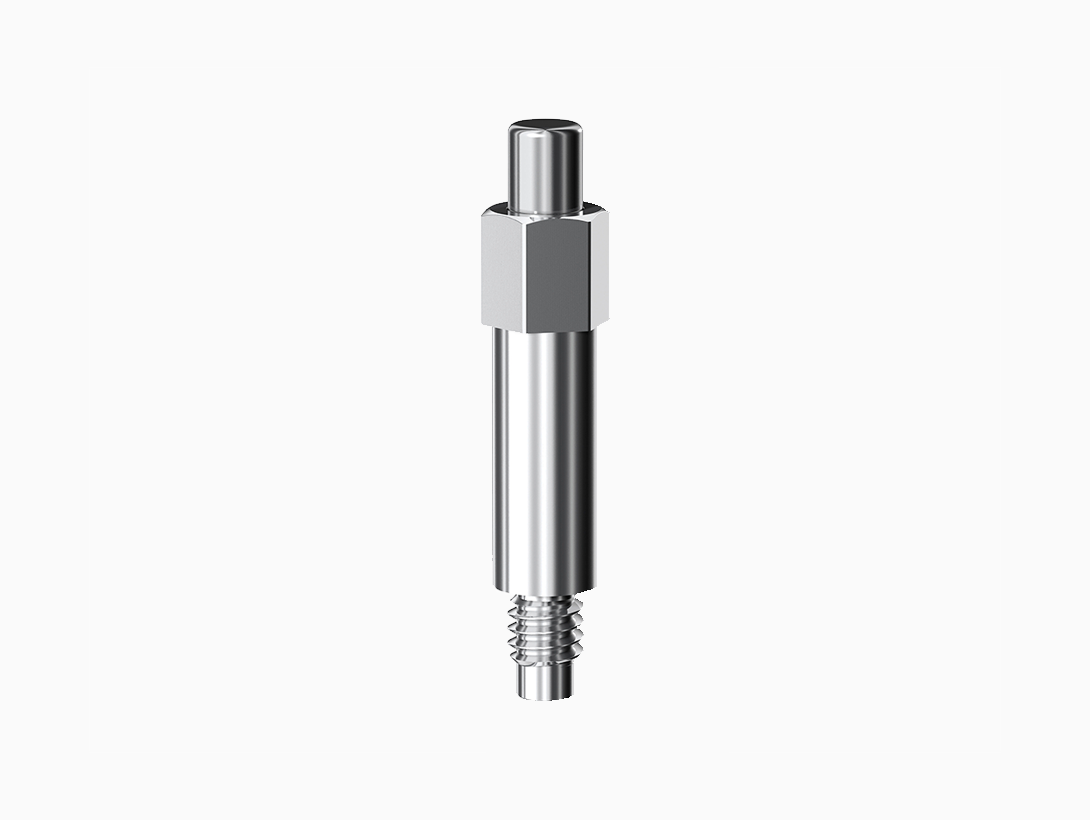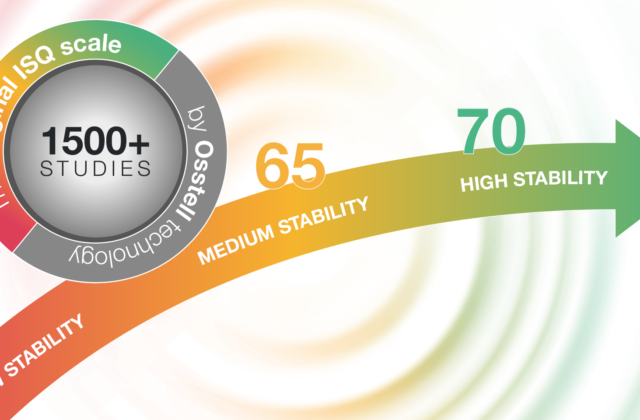
New additions to our Scientific Database
Jan 15, 2019
In the latest search, there were over 50 new articles. We are very pleased to see this continuing growth and that the Osstell ISQ technology is so widely accepted as the only evidence-based and clinical standard for measuring implant stability and assessing osseointegration. Our scientific database now includes more than 980 articles relating to Osstell. Below are a few of the studies that were recently published.
J Long Term Eff Med Implants. 2018.
Comparing the effect of preparation of the implant sites with piezosurgery and conventional drilling on the stability of implants at 5-months follow-up.
Soheilifar Sara (S) ; Bidgoli Mohsen (M) ; Houshyar Ehsan (E) ; Farhadian Maryam (M) ; Ghamari Ali (A) ;
Background
The objective of this study was to compare the effects of preparing for implant site osteotomy with conventional drilling or piezosurgery on the stability of oral implants after a 5 month follow-up period. Thirty patients participated in this randomized clinical trial and received two implants in posterior mandible in bone of the same quality. All surgical procedures were performed by the same surgeon. Implant stability amounts were measured by resonance frequency analysis using the Osstell Mentor device and are reported in the format of implant stability quotient (ISQ) values at baseline and 90 and 150 days after surgery. All implants were well osseointegrated. Differences in ISQ levels were statistically significant in the piezosurgery group at all time intervals, whereas those in the conventional drill group were not significant as analyzed by analysis of variance. The significance of differences between the two groups in each time interval was assessed with Student\’s t test. In the second interval (90 days), there were statistically significant differences in ISQ levels between the two groups at the buccal, lingual side of implants and mean of two measurements, but at baseline and 150 days, there were no significant differences between these techniques. The early increase of ISQ values in piezoelectric sites shows that piezosurgery is a less traumatic bone osteotomy method with a shorter inflammatory phase and little resorption compared with sites prepared by conventional drilling. ISQ values of up to 60-65 at the time of insertion of the implant predict a good prognosis for immediate implant loading. In this study, the ISQ values were almost always higher than this, offering the safe condition for immediate or early loading protocols after the piezoelectric method of implant site osteotomy. These results may increase predictability of immediate-loading procedure in oral implantology.
J Long Term Eff Med Implants. 2018.
Immediate Nonfunctional Loading of a Single Implant in the Posterior Maxillary Area: A Randomized Clinical Trial.
Zarrabi Mohammad Javad (MJ) ; Radvar Mehrdad (M) ; Shiezadeh Farid (F) ; Mokhtari Majid Reza (MR) ; Nejat Amirhossein (A) ;
Background
This study compared the clinical and radiographic outcomes of immediate nonfunctional loading of implants to conventional loading in the posterior maxilla. In this single-blind randomized clinical trial, a total of 39 implants were inserted and evaluated in 32 patients. Nineteen implants were in the control group, and 20 implants were placed in the test group. The test group received implants and immediate restoration within 72 hours after surgery; the control group was followed by a conventional loading protocol 4 months after surgery. Follow-up appointments were performed at 4, 6, and 12 months. Clinical assessment included measurement of implant stability through resonance frequency analysis (RFA), probing depth around the implant in four aspects, and survival rate. Radiographic assessment, including evaluation of crestal bone loss in the mesial and distal of the implants by parallel periapical radiography, was conducted. Twenty-nine implants were followed throughout the study period, completing the entire intended follow-up. No significant difference was seen between the test and control groups in terms of crestal bone loss at any interval either in mesial or distal aspects. Also, no significant difference was found between the two groups regarding implant stability. Probing depth did not show significant differences between groups at 6 and 12 months. Only one implant in the control group failed before prosthesis loading, and no failure was observed in the test group. Average of insertion torque in the control group and the test groups were 49 and 51 N/cm, respectively. This variable also showed no significant difference between the two groups. If appropriate primary stability is achieved, nonfunctional immediate loading of implants in the posterior maxilla may have similar results to conventional loading in this area. Using this protocol, the time of edentulousness could be minimized.


